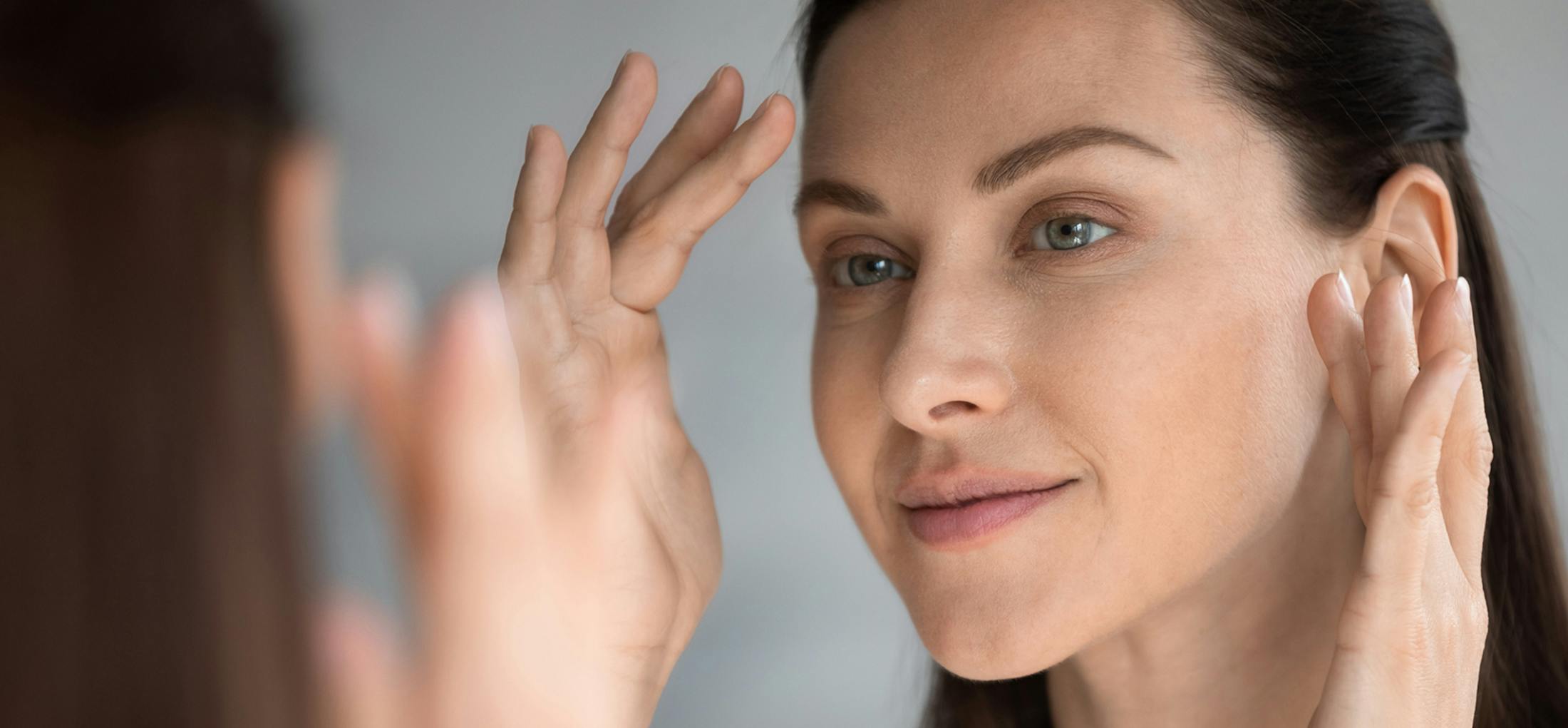What Recovery and Results Can I Expect?
After a chemical peel of any depth, your skin will be red, tight, irritated, or swollen. For the best chemical peel recovery and results:
- Follow our directions for sun protection, cleansing, moisturising, and applying protective ointments to your skin
- Avoid picking, rubbing, or scratching your skin
- Use ice packs for any discomfort
- Over-the-counter pain relievers, such as ibuprofen and naproxen sodium, can help reduce pain and discomfort
It may take several months before redness and swelling reduction, and you can see the full results of the peel. After a light chemical peel, treated areas take up to seven days to heal, and the new skin might temporarily be lighter or darker than usual. With a medium peel, the treated skin may form a crust, darken, or develop brown blotches as swelling decreases. Recovery lasts between seven and fourteen days.
Visible results are subtle but increase with repeated treatments and include the following:
- Improved skin texture and tone
- Reduced appearance of fine wrinkles
- Noticeably smoother skin
Chemical peels provide long-lasting anti-aging, but the results may not be permanent. Age and new sun damage can cause new lines and skin color changes. Additionally, all peels make new skin temporarily more sun-sensitive. You must protect your new skin from the sun for the best results.











